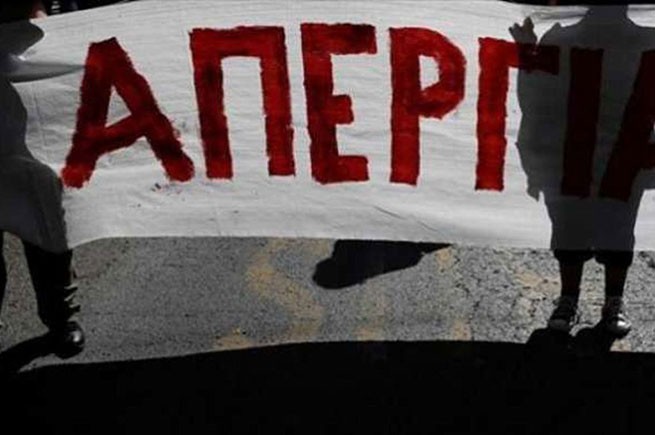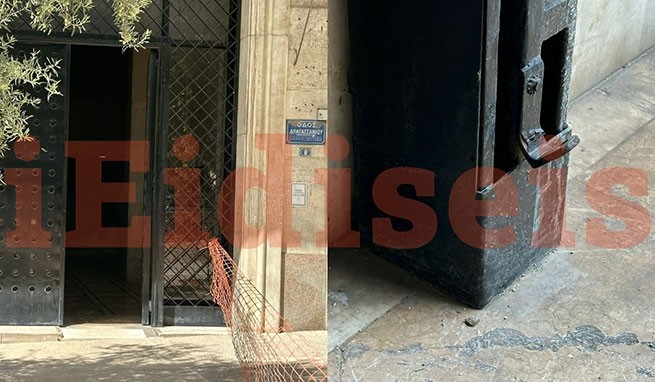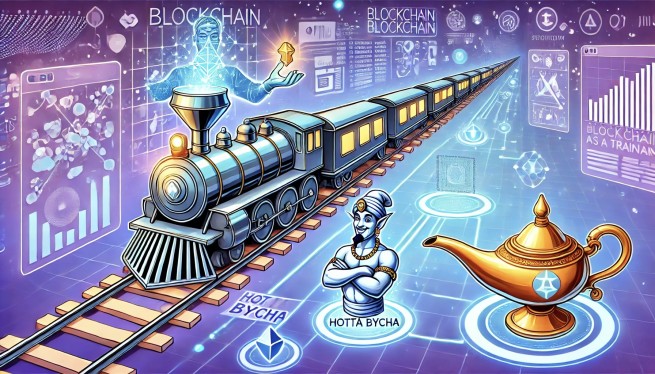Let's figure out what blockchain and cryptocurrency are, using simple examples. How these technologies change our lives.
For some, it’s a doggy coin (it was promoted in the media as if it were a Madonna concert on Red Square). For others, it is, first and foremost, technology. Remember what the first mobile phone was like? It weighed under a kilogram, but you could already carry it around with you! And today it is already a whole world in the palm of your hand.
Another example. Previously, you went to the bank with a paper savings book and only to one office where you opened an account (I admit, it was a long time ago, not everyone will remember). And today you do most of your banking operations via phone or computer. Speed - minutes. And before it took weeks, days.
Where did this come from? Did old man Hottabych screw you? Or is it still technology? You've all heard about digitalization and artificial intelligence. But how can this be combined with crypto? Who can do it?
let's try
Bank transfers within one bank today take minutes. From bank to bank within the country from one to three business days. From country to country from three to seven days (depending on the day of the week). Crypto transfers are instant, the waiting period is no more than 5 minutes. I have a provocative question: do you think banks have such technologies at their disposal? And if so, why can't we use them?
It's simple – your banks use them. And they use your transfers at their own discretion for three to seven days. I'll add that someone transfers 10 euros, someone 100, and someone – 100 thousand. The cost of a transfer for us in a regular bank and a crypto transfer differ as much as night and day.
What is blockchain
Previously, all systems were centralized, where all information, money, and power were stored on one server. Examples include election commission servers, banking servers, and government registries. These servers are owned by organizations, states, or companies, and the server owners can make any changes and manipulations that are beyond the control of users.
In the blockchain, the data is publicly available, and copies of it are stored by thousands of users with constant synchronization. This makes it impossible to make changes to the system without conflicts with other copies. In addition, all transactions, operations and changes can be tracked. Data security and privacy are ensured by cryptographic encryption, which maintains the transparency of transactions without disclosing the identities of users and details of the data stored in the blockchain.

Source: Wikipedia
Imagine trains with carriages from city to city. The carriages are a chain of information. Each next carriage contains a piece of information from the previous carriage (protected to the highest degree possible today). What kind of information is in the carriage? For example, bank transfers. It is impossible to delete information by pressing a button or setting the tax office or bank on fire. All the information is in the carriages. There are a sea of carriages. Transparency of deliveries in any network: retail chains, transportation of any kind, banking operations, and everything related to this. And much more.
What's bad about blockchain?
There is such a thing. In order for trains carrying information to run, rails need to be built and maintained. To do this, you need to create/issue a coin (a crypto coin, for example, Bitcoin, Ethereum, Dogecoin). When the first railways were built, they issued shares. Do you know? Have you read how smart people got rich on this? It's the same here. Only the rails and carriages are inside the computer)).
Just as there used to be crooks who created joint-stock companies, issued shares, collected money and disappeared, so now – there are always crooks. Read O. Henry's “The Trust That Burst”.
Coins are created/mined, they go to the stock exchange, and acquire a price. Prices rise or fall. Everything is like on the stock market. If Coca-Cola produces a drink, then its shares have a price. The same is in crypto: if Ethereum or Dogecoin coins have a product/technology behind them, then their price is stable or grows if people come to buy their technology.
There are coins that were invented by swindlers, printed on a computer, like we print text, put ads everywhere and the action started – everyone buys. But ask what they bought? And they won't answer.
Can digital assets be judged by the failed financial transactions of those who succumbed to the hype? History shows that railways are built in the real world. Bank transfers are being carried out, telephones have begun to replace banks. This means that we need to study the issue, and not shout that there are crooks and fools all around.
I hope you have got the initial idea about digital/crypto projects and technologies, now it's up to you.
Author's opinion. I have written articles about how countries are accepting crypto and integrating it into everyday life. I think these technologies are the future. Today, you even go to the store with cards and phones, not with paper money. Learn, read, and you will be happy.







More Stories
Medicines: rising costs for citizens
BRICS and G7: New Energy Race and Struggle for Resources
AADE Prepares Digital Client List for Freelancers – Who Does It Concern?